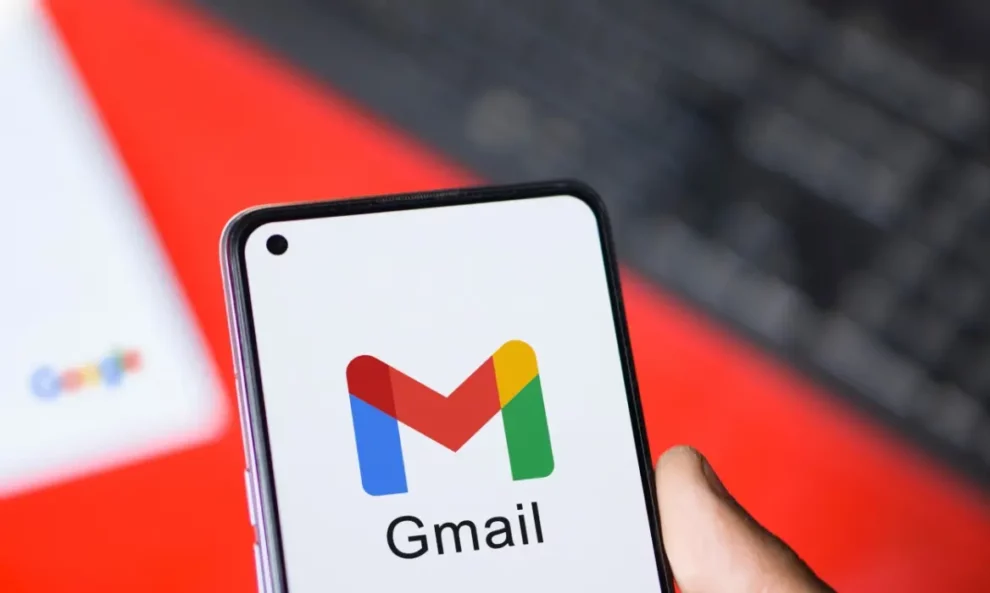A new threat has emerged that takes advantage of the very trust we place in Google’s security measures. Recently, a software developer named Nick Johnson received a security alert email from Google, warning him that a subpoena had been issued demanding access to his Google Account content. At first glance, the email appeared legitimate, passing all of Gmail’s stringent email authentication checks and landing in the same conversation thread as other genuine security alerts. However, this was no ordinary phishing attempt—it was a sophisticated scam that exploited the trust users place in Google’s infrastructure.
The Anatomy of the Attack
Nick Johnson’s experience highlights the deceptive nature of this attack. The email came from a “[email protected] ” address, a hallmark of official correspondence from Google. It was signed and validated by Google’s DomainKeys Identified Mail (DKIM) system, ensuring its authenticity to recipients. Furthermore, the message was sorted into the same conversation thread as legitimate security alerts, further reinforcing its credibility. Following the link embedded in the email led Johnson to a cloned Google support page hosted on sites.google.com, a domain associated with Google’s own services. From there, clicking on links directed him to a replica of the Google Accounts login page, complete with the familiar google.com URL.
The attackers behind this scheme meticulously crafted their clone to mimic the real Google support pages, complete with official logos and branding. The illusion was so convincing that even tech-savvy users might be fooled into entering their credentials. Once inside, unsuspecting victims unwittingly handed over their Google account credentials, granting the attackers full access to their email, contacts, documents, and other sensitive data stored in their accounts.
The Broader Implications
This attack underscores a disturbing trend in cybercrime: attackers are becoming increasingly adept at exploiting trust in established brands and platforms. By leveraging Google’s own email authentication protections, they bypass traditional defenses, making it harder for users to distinguish between legitimate communications and malicious ones. This particular exploit targets Gmail users, who are among the millions of people relying on Google’s services for personal and professional communication.
The implications extend beyond individual accounts. Compromised Gmail accounts can serve as gateways to other connected services, such as Google Drive, Google Docs, and even third-party apps linked to the account. Hackers can use stolen credentials to siphon sensitive information, launch further attacks, or sell the data on underground markets. The potential for financial loss, reputational damage, and privacy violations is staggering.

What Can You Do?
Google has acknowledged the severity of this threat and is actively working to mitigate it. A spokesperson confirmed that protective measures are being rolled out to counter the specific attacks from the threat actors involved. These measures are expected to shut down this avenue for abuse, reinforcing Google’s commitment to user safety. In the interim, Google advises users to take immediate steps to enhance their account security.
Enable Two-Factor Authentication (2FA)
Two-factor authentication is one of the simplest yet most effective ways to protect your accounts. By requiring a second form of verification beyond just a password, 2FA adds an extra layer of security. Even if attackers manage to obtain your password, they will need access to your second factor—such as a code sent to your phone—to gain entry. This makes unauthorized access exponentially more difficult.
Switch to Passkeys
Passkeys represent the next evolution in authentication technology. Unlike passwords, which are vulnerable to phishing and reuse across multiple accounts, passkeys are unique cryptographic keys tied to your device. They eliminate the need to remember complex passwords and provide strong protection against phishing campaigns. Enabling passkeys in your Gmail account ensures that even if attackers intercept your login credentials, they cannot use them to access your account.
Staying Vigilant
While Google’s impending updates promise to neutralize this threat, vigilance remains paramount. Cybercriminals are constantly adapting their tactics, and what works today may not work tomorrow. Regularly reviewing your account settings, monitoring for suspicious activity, and staying informed about emerging threats are essential practices for maintaining digital security.
The Gmail security alert scam serves as a stark reminder of the challenges facing modern cybersecurity. As attackers refine their methods to exploit trust in trusted brands, users must remain vigilant and proactive in safeguarding their digital assets. By enabling 2FA, switching to passkeys, and staying informed, you can significantly reduce your risk of falling victim to such attacks. Trust, but verify—especially when it comes to emails purporting to come from trusted sources.
















Add Comment